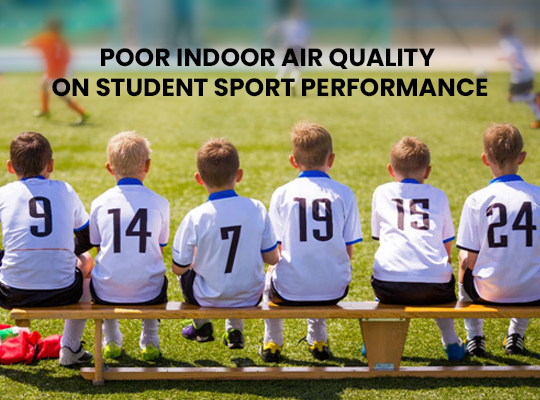As we start the pattern of investing more energy outside, ideally partaking in one more estimated blisteringly warm summer, there will unavoidably come ordinarily when we need new breezes and cool air, and a relief from the singing sweltering daylight. As additional indoor settings - remembering those for schools - keep on opening contributions to various games, this opens up additional amazing open doors for serious or social clubs. These are probably going to be popular this late spring, and, in that capacity, keeping an unblemished indoor air quality (IAQ) is critical. Poor indoor air quality (IAQ) can have significant adverse effects on student athletes' performance in sports. Here are the key ways in which inadequate IAQ impacts students engaged in sports activities:
Energy Levels and Stamina
Fatigue: Poor IAQ can cause general fatigue and lower energy levels due to the body's increased effort to cope with pollutants. This leads to decreased stamina and endurance, essential for athletic performance.
Oxygen Availability: Contaminated air reduces the efficiency of oxygen intake, directly affecting muscle performance and overall endurance.
Physical Symptoms and Discomfort
Irritation and Inflammation: Pollutants can irritate the eyes, throat, and skin, leading to discomfort that distracts athletes from their activities.
Allergic Reactions: Allergens present in poor indoor air can trigger allergic reactions, leading to symptoms like sneezing, coughing, and itching, which can be disruptive during sports.
Long-Term Health Risks
Chronic Conditions: Continuous exposure to poor IAQ can lead to chronic respiratory conditions, reducing athletes' overall health and long-term ability to participate in sports.
Developmental Issues: For younger athletes, poor air quality can affect lung development and overall physical growth, potentially impacting their future athletic potential.





Leave a reply